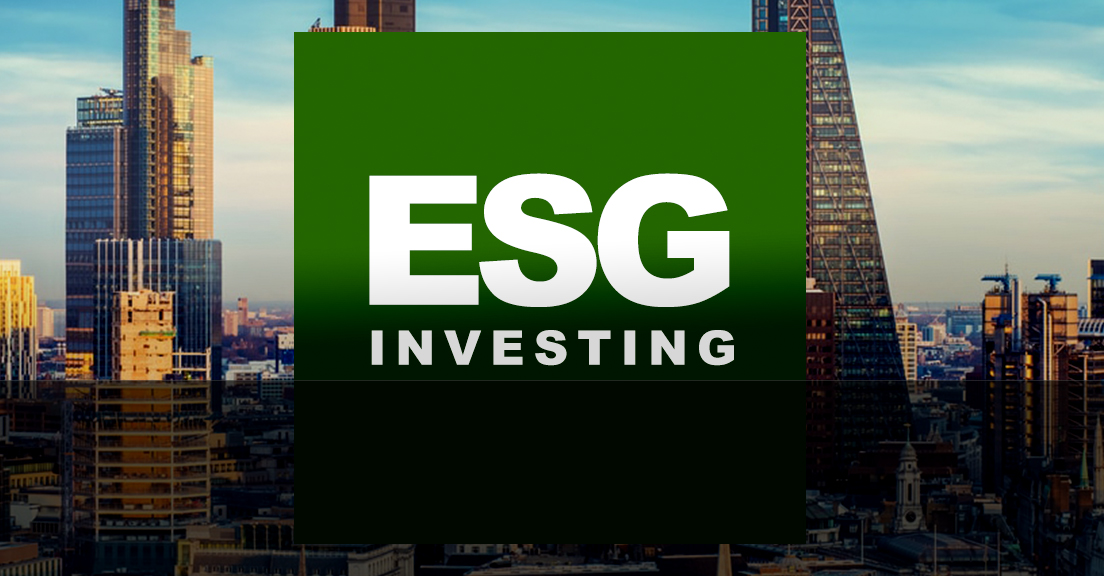ESG and Institutional Investors: Part Two | Bennett Jones LLP – JDSupra JD SupraESG and Institutional Investors: Part Two | Bennett Jones LLP – JDSupra JD Supra
Impact Investing Forum 2024
https://impactinvestingconferences.com/
Online Event. Nov 06-07, 2024.
Book Now!
Bennett Jones recently hosted a two-part webinar series on ESG and institutional investors. The first session looked at their role in ESG, private markets and investment, how risks and opportunities are being assessed in the boardroom, ESG performance in the energy industry and some predictions on what is ahead.
The second session looked at ESG and pension plan administration with a focus on the issues at the interface of ESG and the duties of pension fiduciaries, as well as some predictions on what is ahead.
Here are the key takeaways from the second part of the series.
ESG Checklist for Pension Plan Administration
A high-level ESG checklist for pension plan administration should include the following:
Evaluate ESG risks and opportunities. Pension plan administrators should evaluate and understand how ESG factors are a source of risk and opportunities for pension plan administration and investment decision-making, consistent with their fiduciary duty to act in the best interests of plan members and beneficiaries.
Establish an ESG policy. Pension plan administrators should establish a policy or plan to integrate ESG factors into their activities and decision-making. ESG considerations should be embedded throughout investment activities and decision-making processes, including investment manager selection.
Document and monitor your ESG policy. Good pension governance places a significant emphasis on monitoring and reporting in the governance process, including the implementation of ESG policies and integration of ESG factors.
Consider the plan’s ESG disclosure. Plan administrators should consider their own ESG disclosures, reporting and transparency. As ESG evolves, expect pension regulators and plan beneficiaries to want more information on how their plans are integrating ESG.
Be mindful of fiduciary duties. Directors and officers of companies that administer a pension plan should be mindful of their fiduciary duties to the beneficiaries of the plan–the duty of loyalty and the duty of care. The duty of loyalty is to make the plan fulfill its promises and deliver financial performance, as the primary purpose of a plan is financial. The duty of care includes being informed of relevant and material risks and opportunities, including ESG.
Director and Officers’ Fiduciary Duties and Evaluating ESG Performance
The fiduciary standard for directors and officers is about the reasonableness of the steps taken to evaluate ESG performance. They meet the standard if they have acted rationally, reasonably, on an informed basis and without conflict. Meeting the fiduciary standard is not about the outcome, but about the process of taking into account relevant issues and being fully informed where ESG factors in.
This approach has two aspects–process and document. Directors and officers should have a process to oversee, verify and engage with respect to ESG performance. They should then demonstrate, through documentation, how the process addresses ESG issues as they relate to the mitigation of financial risk and enhancing financial performance. Compliance with a pension plan’s policies also needs to be evidenced, to demonstrate that directors and officers understand their duty and have fulfilled it when dealing with ESG risks and opportunities in particular circumstances.
The S and the G
Social and governance have become increasingly important for pension plan administration. They have shifted from a pure risk based assessment to understanding the opportunities and benefits of performing well in these areas. Administrators are also placing a greater focus on social and governance practices such as Equity, Diversity and Inclusion, reconciliation with Indigenous peoples, eliminating anti-corruption and supply chain resilience.
Alternative asset classes can be a very effective component of a pension plan’s focus on social and governance factors. Alternative investments are increasing, particularly among larger plan sponsors as part of a well-diversified portfolio and many funds and managers have well-developed ESG policies and dedicated internal ESG teams. Alternative investments may also present a greater opportunity for active management and shareholder engagement with a plan’s investments. Many private equity, real estate and infrastructure funds focus on investments that aim for positive environmental impact or social change and promote financial transparency.
Engagement vs. Divestment
When faced with a divestment campaign, pension plan administrators should exercise their independent judgment and think about the situation in a nuanced way. Divestment campaigns can have many different components and how they are interpreted can be complex. Administrators must be aware of calls for divestment or other ESG related activism, how a divestment campaign may be relevant to the plan’s risk and return considerations and what it might say about a potential investment of concern to activists. Administrators should not, however, act reflexively in the face of a campaign. The plan administrators’ job is to meet their return and risk objectives and it is against this backdrop that they need to assess whether divestment or continued investment is the most appropriate course.
If administrators decide not to divest, they need to explain their reasons and how the ESG concerns of beneficiaries are being addressed. Administrators should not simply say they made their decision to keep the plan focused on financial returns. Many pension plans that resist divestment calls point out the advantages of continued share ownership in influencing management teams at portfolio companies.
Predictions and Looking Ahead
Once the integration of ESG factors into the plan’s investment policies and processes becomes increasingly widespread and further encouraged by regulators, expect a requirement for increased disclosure relating to ESG. Disclosure will also be about the data and the methodology used to gather and assess the data.
ESG and how it is applied or reflected will continue to get more sophisticated and nuanced.
Tomorrow’s ESG risks and opportunities will likely be much broader in scope than today’s. They will require continuous attention, thoughtful analysis and judgment, strategy, engagement, action and progress.
The full ESG Institutional Investors’ Series: Session 2 webinar can be viewed here.


